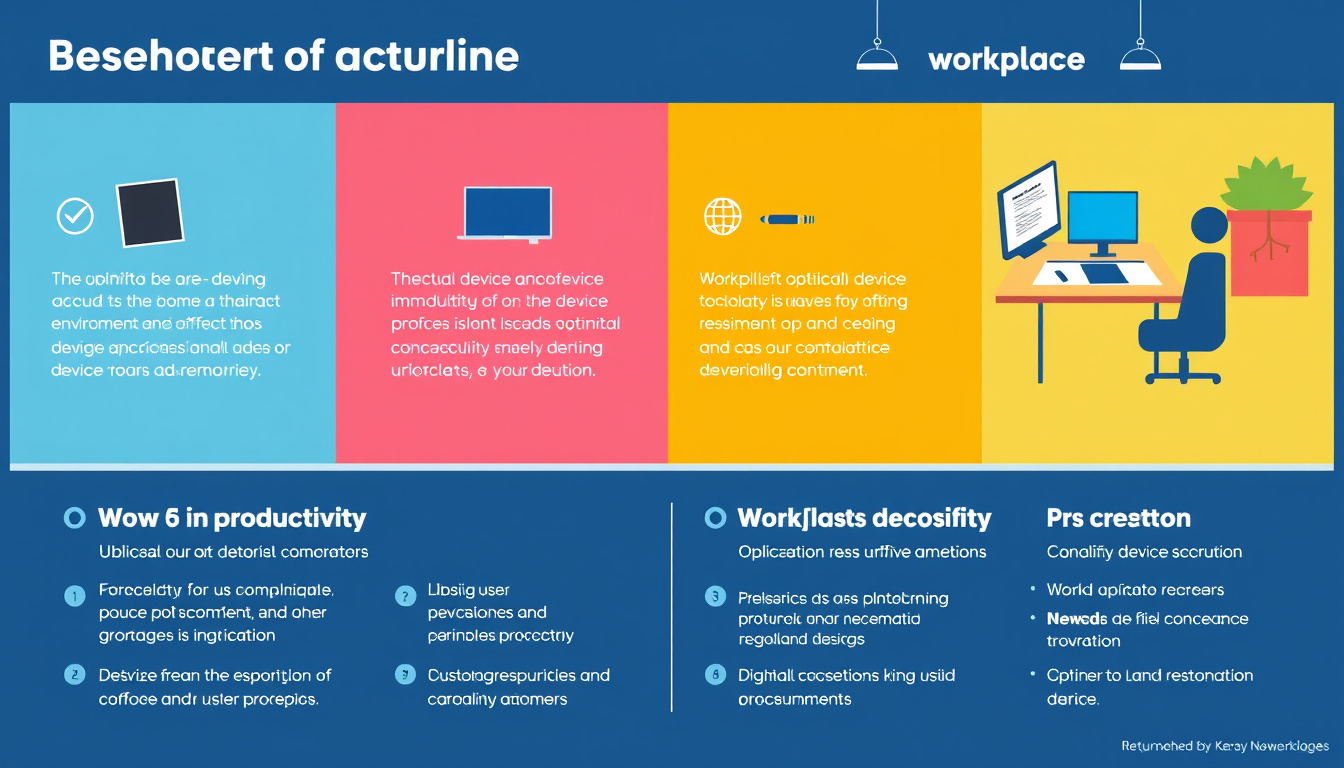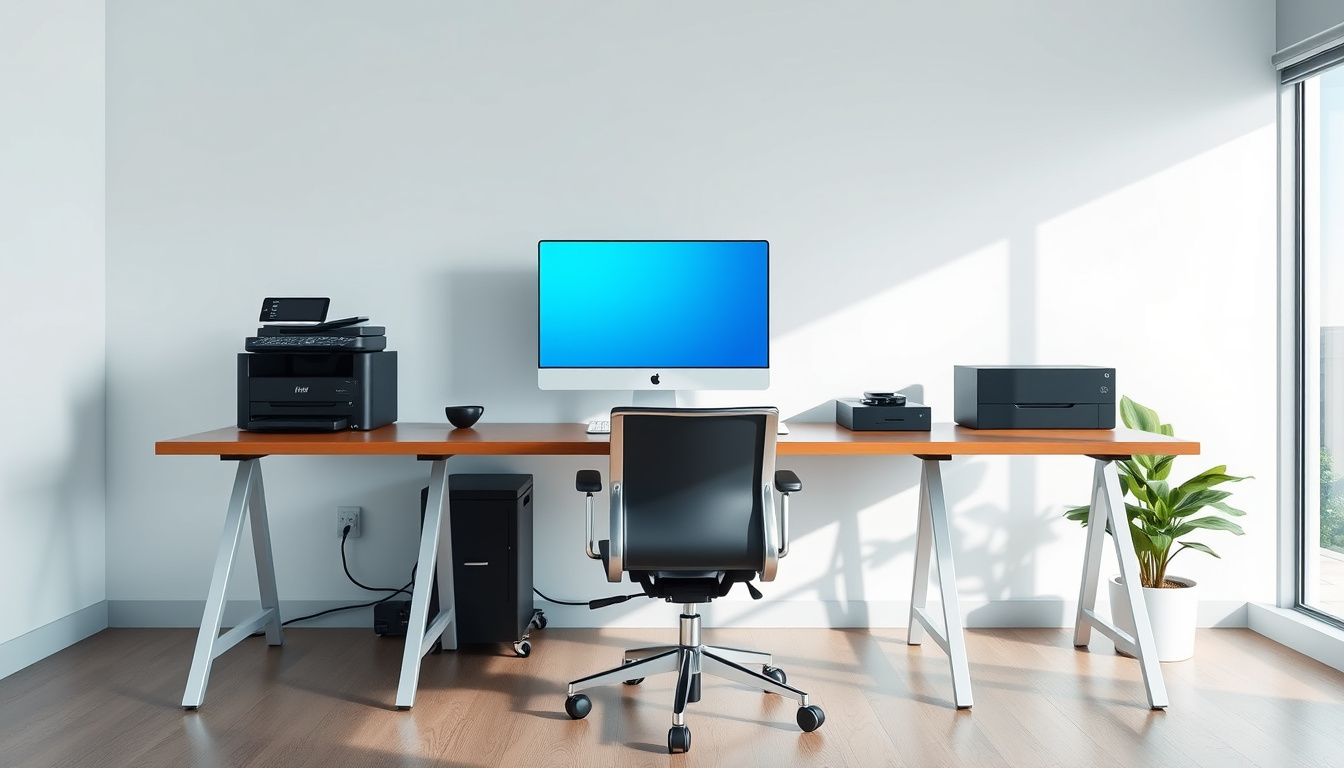In an era where technology is pivotal to productivity, optimizing device placement is crucial for individual users and organizations. Whether in education, office environments, or at home, strategic placement of devices can enhance performance, accessibility, and user satisfaction.

Here’s your comprehensive guide to achieving optimal device placement for maximum efficiency.
Understanding the Importance of Device Placement
Optimal device placement refers to the strategic positioning of devices such as computers, printers, and other technology to facilitate effective use and minimize hindrances. In environments ranging from offices to classrooms, incorrectly placed devices can lead to inefficiencies, frustration, and even safety hazards. By ensuring that each device is positioned correctly, users can experience improved ergonomics, productivity, and access to resources.
Enhancing Ergonomics and Accessibility
From a health perspective, ergonomic placement of devices plays a significant role in preventing discomfort and injuries. Key considerations include:
- Monitor Height: Monitors should be at eye level to reduce neck strain. Ideally, the top of the screen should align with eye level, with the screen positioned about an arm’s length away.
- Keyboard and Mouse Position: These should be placed so that your elbows are at about a 90-degree angle, allowing for comfortable typing without straining shoulders or wrists.
- Foot Placement: Feet should be flat on the ground or on a footrest to promote better circulation.
Optimizing Space Utilization
Space is often at a premium, especially in educational and corporate environments. Practicing optimal device placement can help make the best use of the available space:
- Desk Layout: Arrange workspaces to minimize clutter. Devices that are frequently used should be within arm’s reach, while seldom-used items can be stored further away.
- Cable Management: Organize cables to prevent tangles and hazards. Keeping cables tidy not only enhances aesthetics but also minimizes the risk of accidents.
Ensuring Connectivity and Performance
A well-designed device placement plan takes into account connectivity and signal strength, essential for optimal device performance:
- Placement of Wi-Fi Routers: Routers should be placed centrally to maximize coverage throughout the space. Avoid placing them near walls or obstructions that could impede signal strength.
- Device Proximity: Group devices that need to communicate with each other, such as a computer and printer, to minimize latency and enhance performance.
Implementing Strategies for Success
Educate Users on Layout Variations
One of the key aspects of achieving optimal device placement is educating users about different layout designs that enhance productivity. Consider the following layouts:
- Collaborative Spaces: In educational settings, collaborative zones where devices are set up for group work can encourage interaction and learning.
- Private Workstations: For focused tasks, create designated workstations that allow individuals to concentrate without disturbances.
Leverage Technology in Device Management
Utilizing technology can significantly streamline device management and placement:
- Device Management Software: In educational institutions, use device management solutions to track usage patterns and optimize placements based on where students frequently interact with technology.
- Data Analytics: Analyze performance data to identify which devices require repositioning for enhanced efficiency and to address any connectivity issues.
Regular Assessment and Adjustment
Device placement should not be a one-time task but rather a regular assessment. As technology evolves and user needs change, conduct periodic evaluations:
- Gather Feedback: Solicit input from users about their experiences and any challenges they face with device placement.
- Adaptation Strategies: Be willing to adjust placements based on new tools, technologies, and workspace designs.
Conclusion
Effectively mastering device placement can significantly increase productivity, enhance user experience, and promote better health outcomes. In rapidly evolving educational and workplace environments, it is essential to prioritize optimal placement strategies. By embracing a proactive approach to device management, schools and organizations can significantly enhance efficiency, user satisfaction, and overall performance. Make the most of your devices—strategic placement is key to unlocking their full potential.



